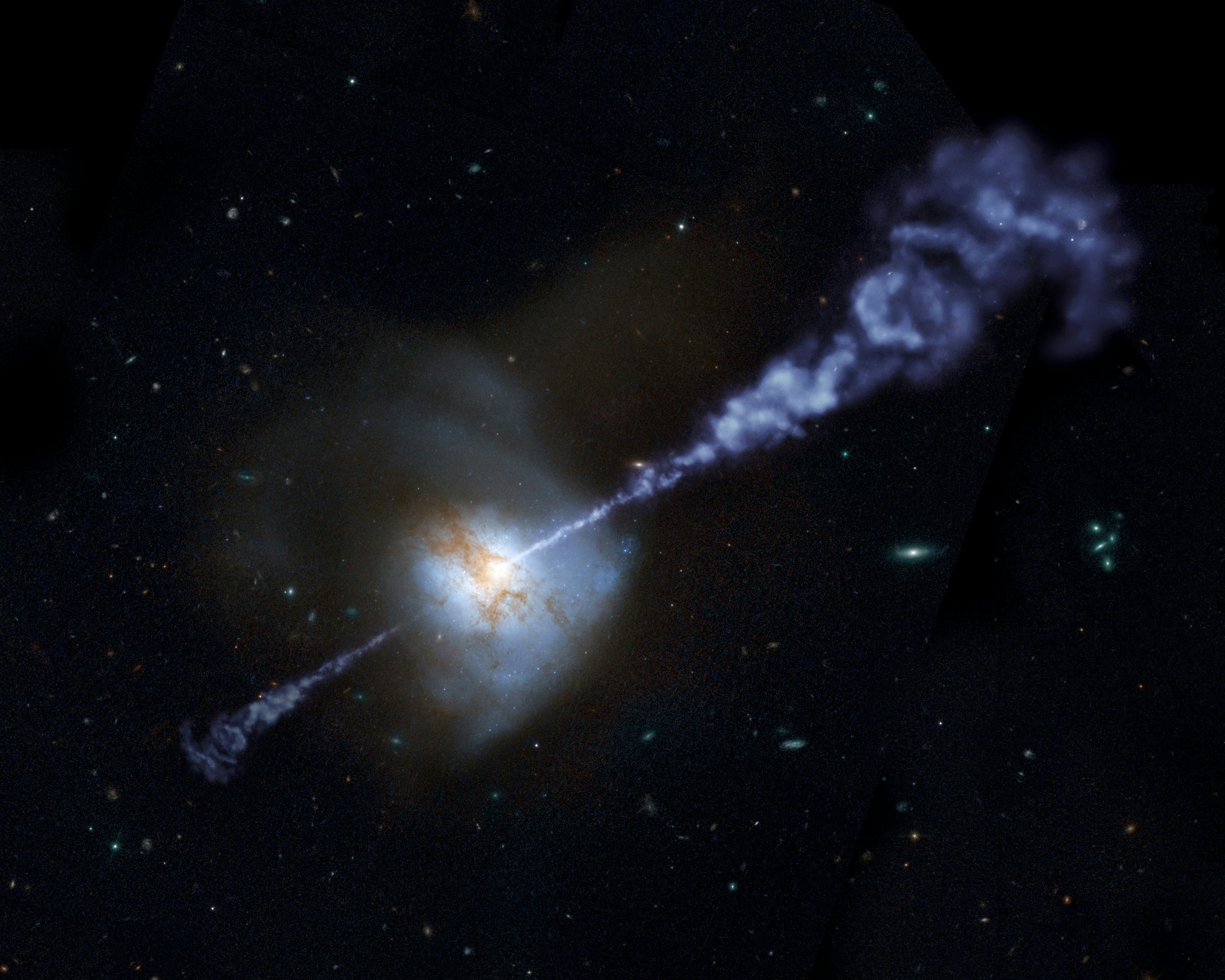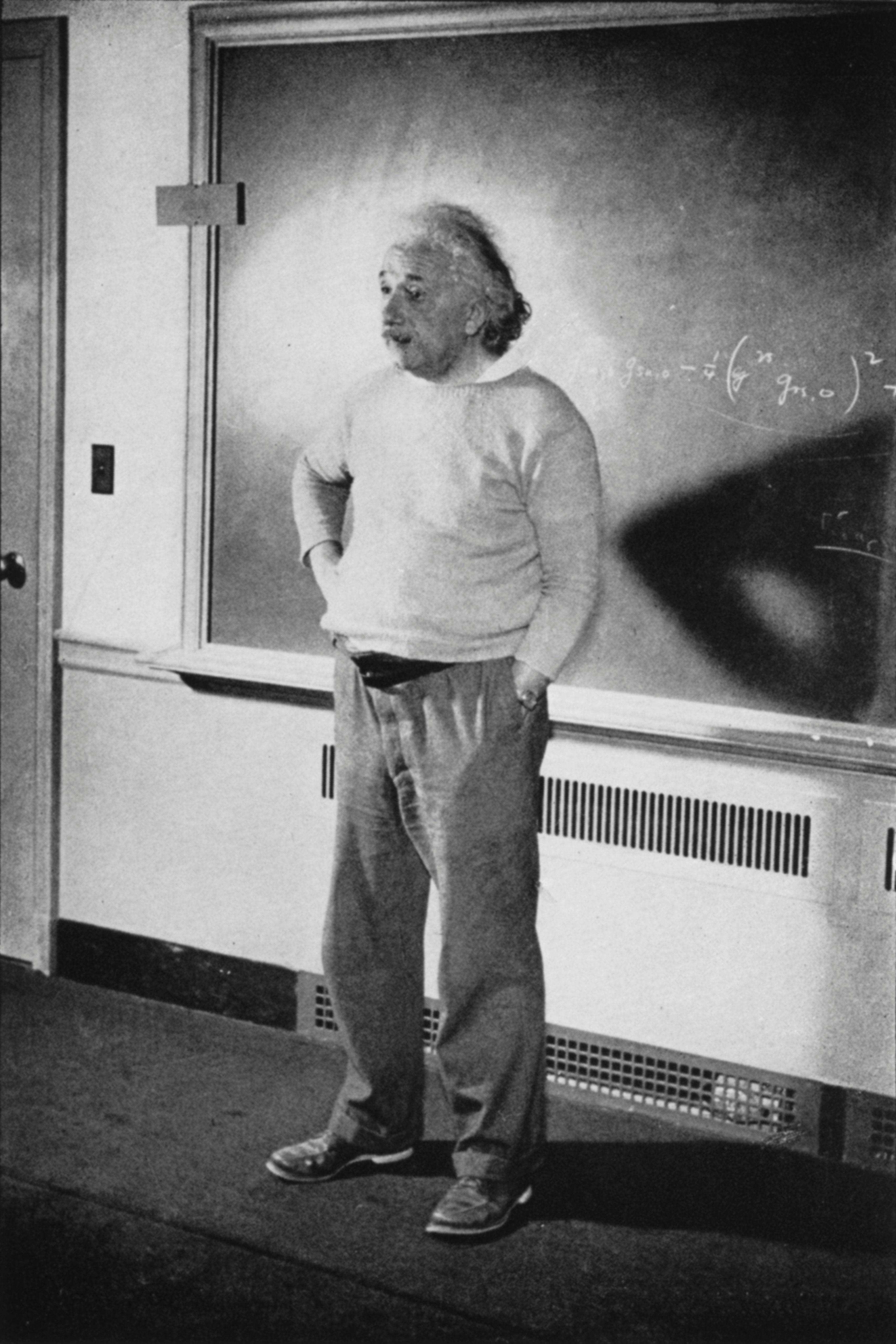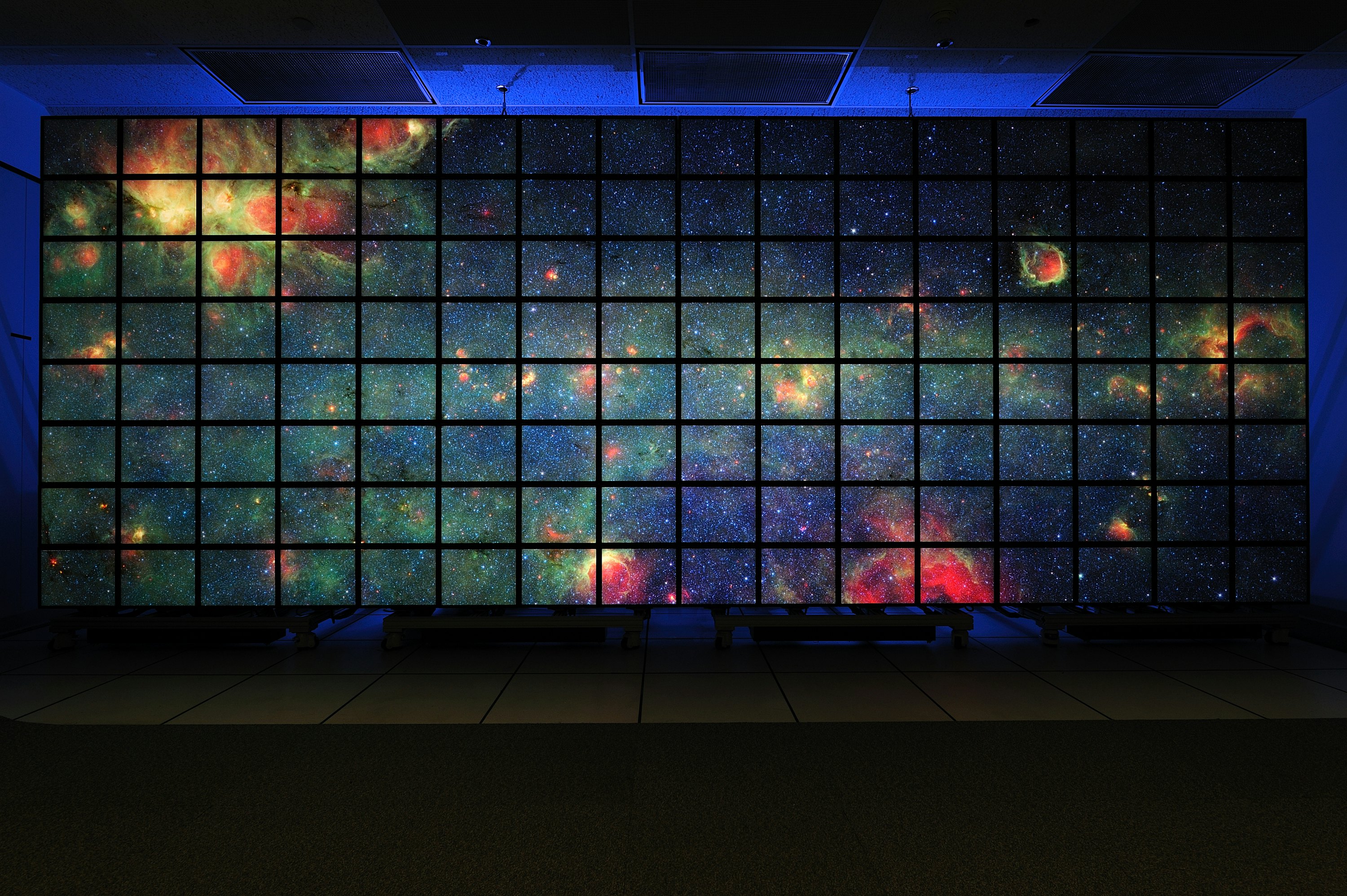
Time dilation: It’s a staple of science fiction, and whether you’re familiar with the term or not, you’ve probably encountered it in print or film. Fly fast enough to the speed of light, and your experience of time is slower than someone left behind on Earth, such that years can go by for them, while you experience just a few months.
Or travel deep enough into the gravity field of a massive object, such as the black hole in Christopher Nolan’s 2014 film Interstellar, and those left in more typical gravity will age faster than you, their clocks spinning wildly while yours seemingly ticks away the seconds as usual.
Wild as time dilation effects may be, they stem from the more than 100-year-old theories of Albert Einstein. And scientists just confirmed one of the weirdest forms of time dilation of all — that in the early universe, time moved five times slower than it does on Earth today.
“At its heart, this is yet again another ‘Einstein is right’ kind of story,” University of Sydney Cosmologist Geraint Lewis tells Inverse. “We've tested his predictions, and they've come up positive again.”
Lewis is the lead author of a new study published on July 3 in the journal Nature Astronomy that used distant quasars — incredibly luminous supermassive black holes at the hearts of galaxies — as clocks to measure the flow of time back to one billion years after the Big Bang brought the cosmos we know into being. Previous attempts to use quasars to clock time in the early universe failed, leading to questions both about how scientists were analyzing quasars and the validity of Einstein's predictions about time in the earlier universe.
“At the fringe, some people were starting to question whether or not quasars are truly cosmological, or whether cosmologists knew what they were doing,” Lewis says. But the new findings give cosmologists “further confidence that the mathematical framework in which we use to understand to describe and predict what's going on the universe is actually an accurate description of what's going on.”
Confirming that Einstein was right about time dilation and that quasars play by the basic mathematical rules of the cosmos, provides a firm foundation for scientists to explore other cosmic enigmas, such as mysterious dark energy, which appears to be driving the accelerating expansion of the universe.

How to read cosmic clocks
In the beginning of modern physics, there was Isaac Newton, who held that time was absolute: Every clock in the universe ticks away at the same rate.
“Life was simple for Newton,” Lewis says. “And then comes along Einstein and throws a complete spanner in the works by pointing out that time is relative.”
In his special theory of relativity, Einstein showed that clocks at different motions relative to each other don’t tick the same, according to Lewis, while general relativity shows the same difference in clocks in different locations within a gravity field. Those same mathematics suggest you’ll see the same difference in clocks ticking away for observers at different times in the life of the universe.
“If you compare those clocks in exactly the same way you compare clocks in a gravitational field,” Lewis says, “You will see time run differently from each observer's perspective.”
Previous studies using exploding stars — supernovae — as celestial clocks had confirmed that time flowed slower in the universe around 7 billion years ago.
But supernovae are too small, too faint to be used as clocks at the very edge of the observable universe, more than 10 billion light years away. So astronomers turned to mugger larger, much brighter quasars.
Supernovae are “relatively simple: They go bang. They're a firework — a very bright firework — But they brighten and fade with a particular pattern,” Lewis says. But quasars change brightness in much more complicated ways, more akin to changes in the stock market than a firework, he says.
“If quasars simply pulsed, or simply flashed, that would make our lives much easier, but they don’t,” Lewis says. “The question is, is there a kind of tick buried in that variability? People went looking for it, and they couldn't find anything.”

Comparing Cosmic Apples to Cosmic Apples
But in late 2022, a new dataset appeared. Researchers had been studying a sample of 190 quasars for 20 years, Lewis says, “so they had a new, more complete data set than people had used before.”
One of the problems with quasars is that they are all individuals, he says. Depending on their distance, the light from quasars reaching Earth may be concentrated in different parts of the electromagnetic spectrum; ultraviolet wavelength light, blue visible light, or more green light.
What Lewis realized is that with the new dataset, he could begin grouping quasars by their luminosity and wavelength of light emitted to make more accurate comparisons.
“I could box everything up and therefore I could compare apples with apples,” he says. Some sophisticated statistical analysis later with the help of Lewis co-author, University of Auckland Statistician Brendon Brewer, and the predicted time dilation finally showed up in the variability of the distant quasars.
Now that Lewis has confirmed Einstein’s predictions, he hopes to use the techniques he used to analyze quasars for signs of time dilation to try to better understand quasars themselves.
”We've got these different boxes that we put quasars in, and we found that there was a systematic sort of change in the properties across the boxes,” he says. “That must be tied to Quasar physics. That must be tied to what's going on with the accretion disks, what's going on with the black holes.”
At the same time, Lewis hopes other researchers will repeat his measurements and take them further. Large sky survey astronomy projects, such as the European Space Agency’s Euclid Space Telescope which launched on July 1, and the ground-based Vera Rubin Observatory, which will being operations in 2025, should uncover huge numbers of new quasars that will allow cosmologists to further ground truth Einstein’s theories in the early universe.
Building on that foundation, scientists will be able to use quasars to study the expansion of the early universe, and from there, begin to solve some of the enduring mysteries of the universe that Einstein couldn’t quite grasp.
”You can try and chart out the details of the expansion because it's in that detailed expansion that the physics of dark matter and dark energy are hidden,” Lewis says. “Then you turn around and say, ‘How do I use the fact that I'm confident in my cosmology to work out what dark matter and dark energy are doing?’”







